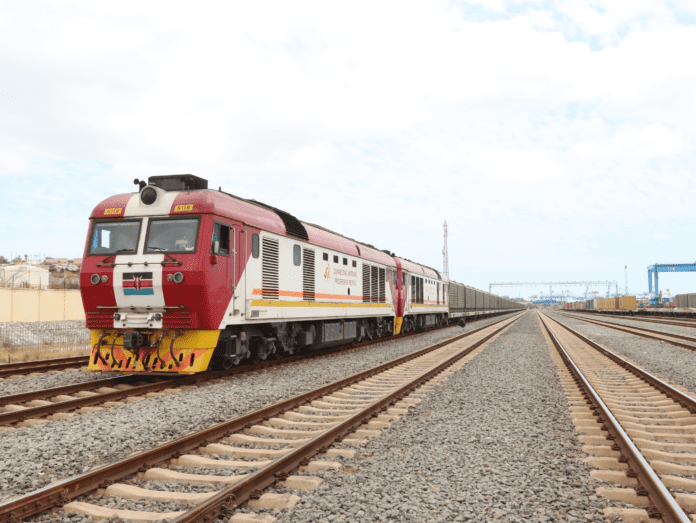Since its launch in June 2017, Kenya’s Standard Gauge Railway (SGR) has transported over 14.8 million passengers and moved 38.47 million tonnes of cargo, according to AfriStar, the company managing its operations.
In an update issued on Tuesday, AfriStar highlighted the railway’s operational milestones, emphasizing its strong safety record. The company reported that the SGR had maintained 2,831 consecutive days of safe operations.
“As of February 28, 2025, we have transported over 14.75 million passengers, handled more than 3.018 million TEUs, and moved 38.47 million tonnes of goods. We remain committed to achieving even greater success,” the statement read.
Despite these achievements, a recent report by the Kenya National Bureau of Statistics (KNBS) revealed a decline in both passenger and cargo volumes in 2024.
According to the Third Quarter Gross Domestic Product Report 2024, the number of passengers using the SGR fell from 701,132 in the third quarter of 2023 to 650,352 during the same period in 2024. This represents a 7.2 percent drop.
Similarly, freight transportation via the SGR slightly declined by 0.8 percent, reducing from 1,735.0 thousand metric tonnes in the third quarter of 2023 to 1,720.3 thousand metric tonnes in 2024.
The dip in both passenger and cargo services signals a challenging phase for the railway, particularly amid concerns about rising costs and competition from alternative transport options.
Despite the slowdown, the government remains focused on expanding the SGR network to enhance regional connectivity.
Earlier this month, Transport Principal Secretary Mohamed Daghar confirmed that the government is acquiring more land for the SGR Phase 2A project, which will extend the railway from Nairobi to Naivasha. The long-term goal is to push the line further to Malaba, eventually linking Kenya to Uganda.
Funded by the Chinese government at a cost of Sh648 billion, the expansion project is expected to take four years and will connect Kenya to neighboring countries, including Uganda, Rwanda, South Sudan, and the Democratic Republic of Congo.




![SHA Suspends Dozens of Health Facilities Over Alleged Fraud [LIST]](https://citymirror.ke/wp-content/uploads/2024/12/image-14-218x150.png)


